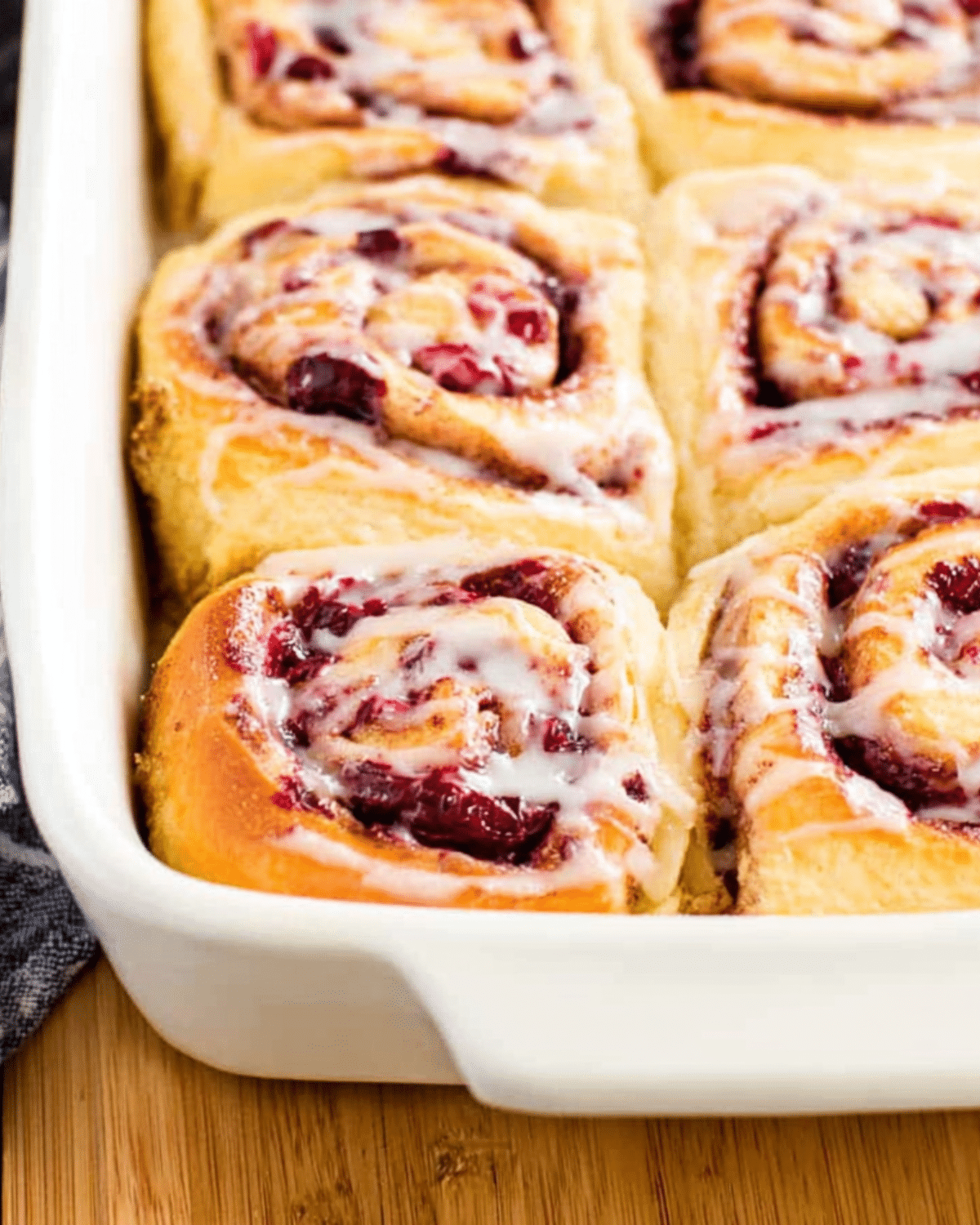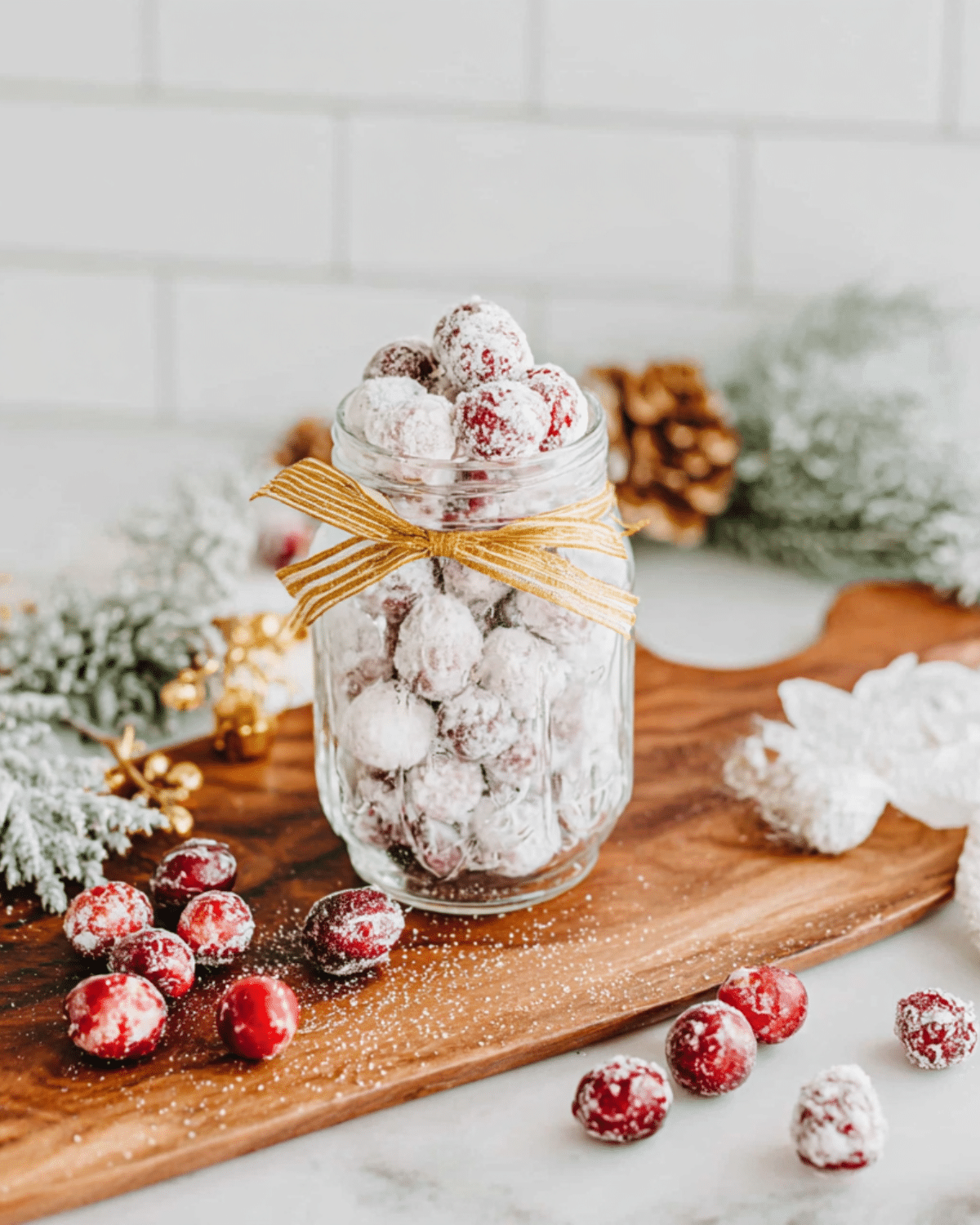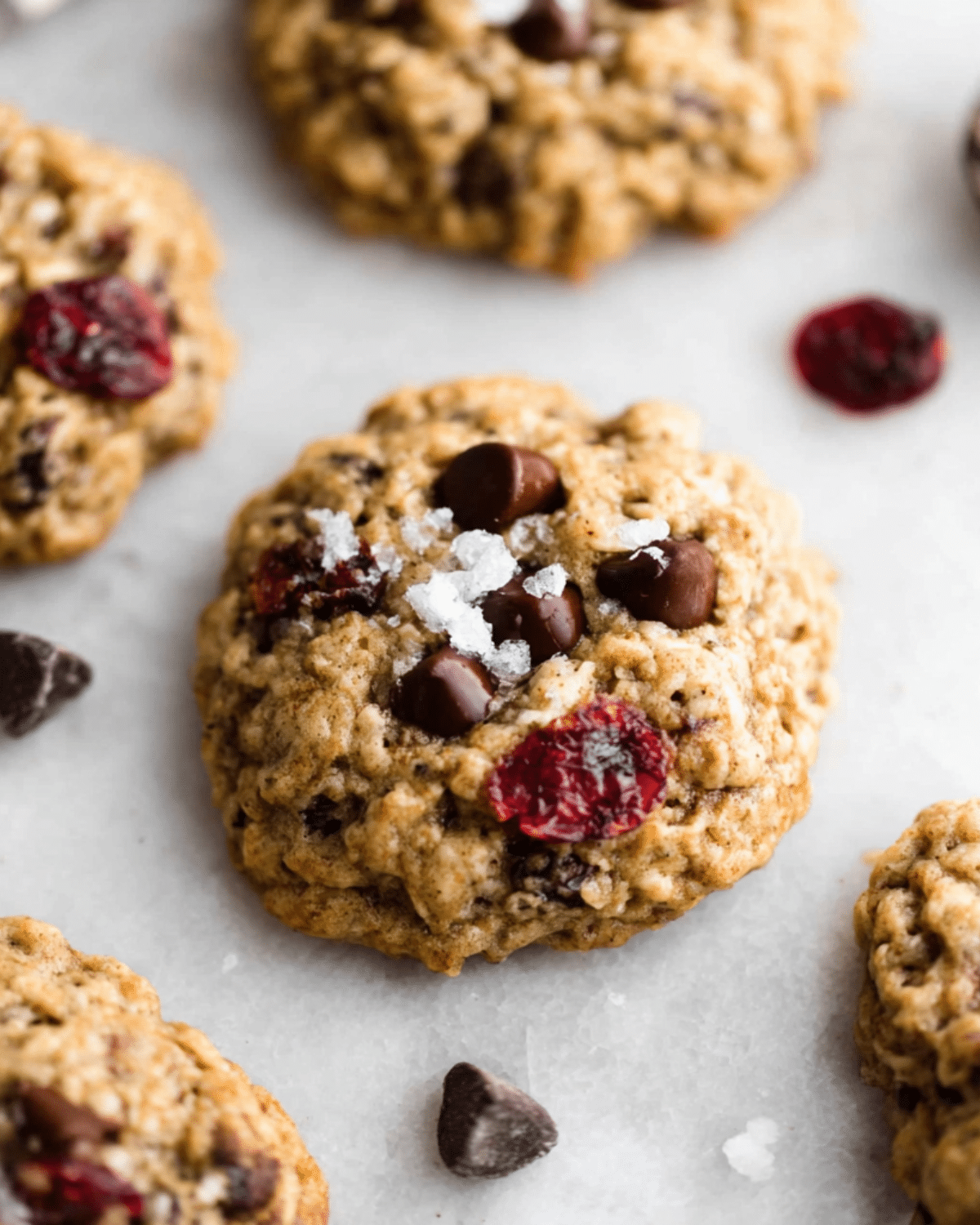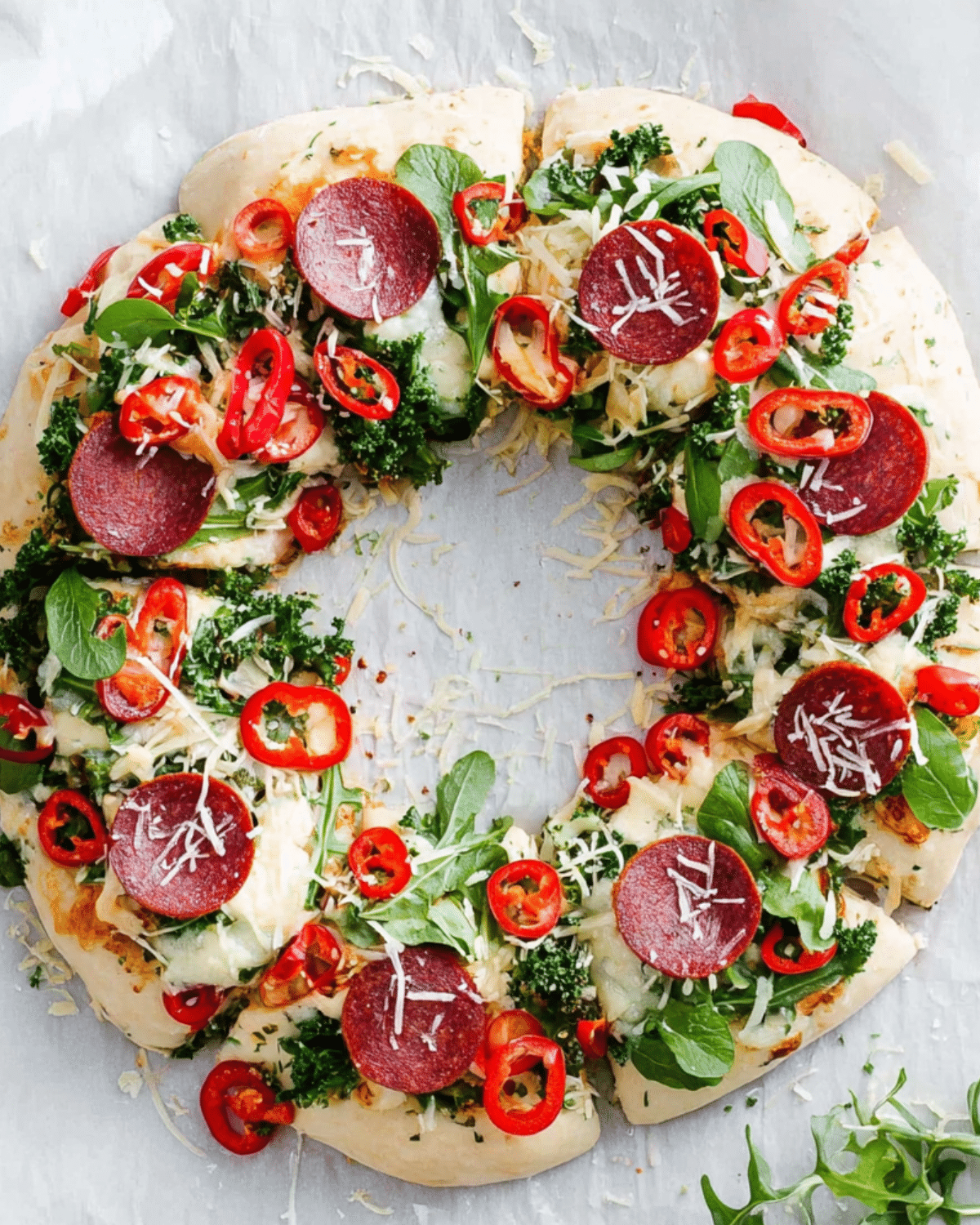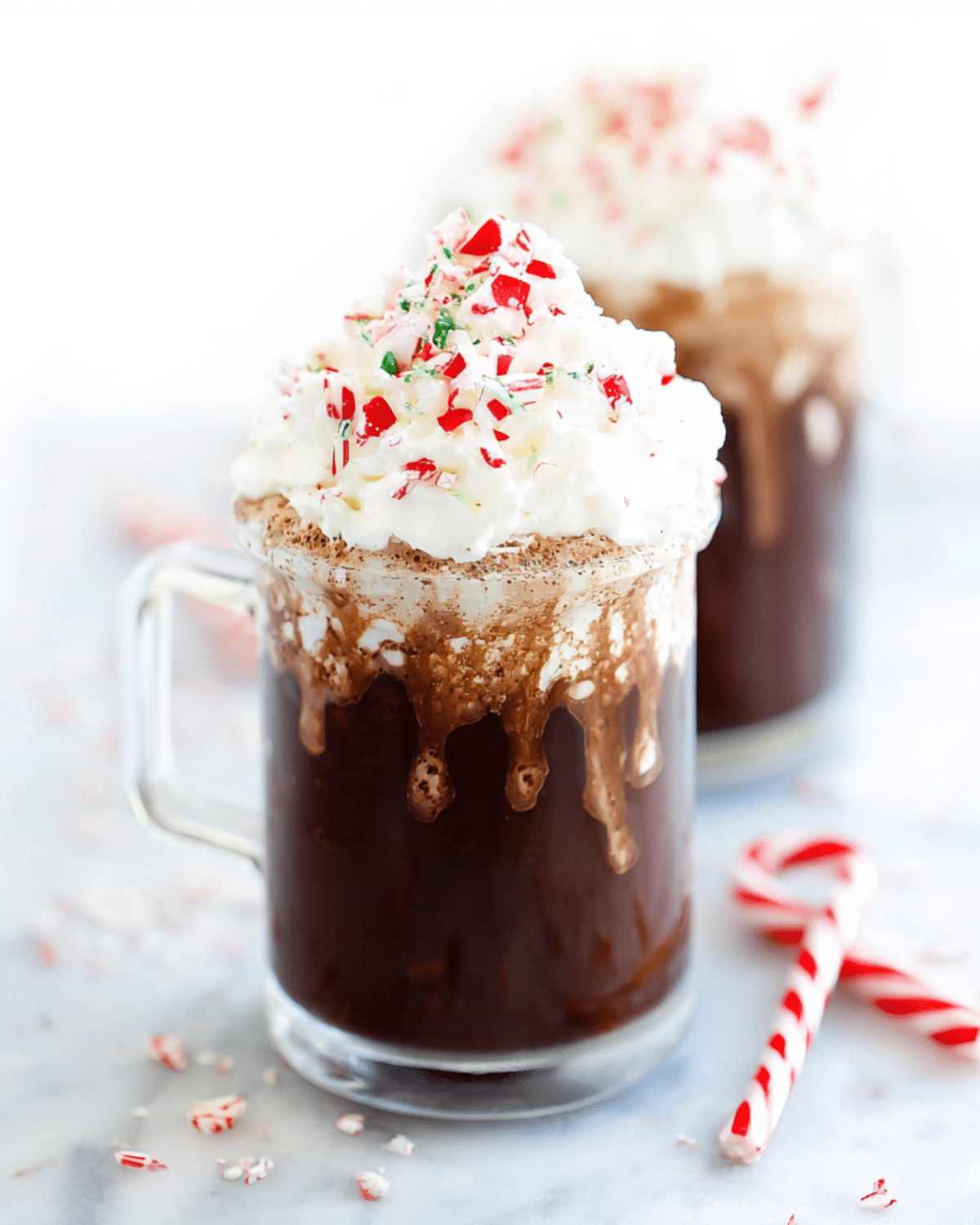Limoncello isn’t just a drink — it’s a taste of Southern Italy in a glass. Made from lemon peels, alcohol, and sugar, this vibrant yellow liqueur has become a staple in homes and restaurants alike. Whether you’re serving it as a chilled digestif, mixing it into creative cocktails, or gifting it in beautiful bottles, homemade limoncello brings a touch of sunshine to any occasion. In this article, you’ll learn how to make limoncello from scratch, the best ingredients to use, and the foolproof steps to achieve that perfect citrus flavor.
Looking for inspiration? Try our lemon posset recipe — another easy citrus dessert to enjoy alongside your limoncello.
JUMP TO
Table of Contents
What Is Limoncello and Why It’s So Popular
A Brief History of Limoncello in Italy
Limoncello’s roots trace back to the Amalfi Coast and the island of Capri, where lemon trees thrive in the Mediterranean climate. Though various families claim its invention, one thing’s for sure: limoncello has long been a beloved part of Italian hospitality. Traditionally served cold after meals, it aids digestion and sparks conversation at the table.
What Makes It Different from Other Citrus Liqueurs
Unlike orange or lime liqueurs, limoncello has a unique sweetness balanced with a strong lemon essence. It’s made by steeping lemon zest in high-proof alcohol, which extracts the fragrant oils. There’s no juice involved — just pure zest and patience. The result? A silky, aromatic sip that’s both bright and bold.
The Cultural Significance in Southern Italy
In regions like Sorrento and Positano, limoncello is more than a drink — it’s a symbol of heritage. Families pass down their limoncello recipes through generations, often adjusting the sweetness and strength to personal preference. Visitors often bring home decorative bottles of limoncello as souvenirs, capturing the essence of Italy in liquid form.
Ingredients and Tools Needed to Make Authentic Limoncello
Choosing the Best Lemons (Why Organic Matters)
The quality of your lemons makes or breaks this recipe. Always choose organic, unwaxed lemons — you’re using the zest, so you want it free from pesticides and chemicals. Meyer lemons offer a slightly sweeter profile, while Sorrento lemons (if you can find them) are considered the gold standard in Italy.
| Lemon Type | Flavor Profile | Best For |
|---|---|---|
| Meyer Lemons | Sweet, floral | Milder limoncello |
| Eureka Lemons | Tart, bright | Classic flavor |
| Sorrento Lemons | Rich, fragrant | Authentic Italian |
Alcohol Options: Vodka vs. Everclear
High-proof alcohol is key for extracting oils from the zest. Everclear (190-proof) is commonly used, but a vodka of at least 100-proof will work too — it just might take longer to infuse. Everclear produces a stronger, cleaner extract, while vodka results in a milder flavor.
- Everclear: Stronger, cleaner, faster infusion
- Vodka: Gentler, more accessible, slower infusion
Simple Syrup Ratio for the Perfect Sweetness
Once the zest has infused the alcohol, you’ll mix in a simple syrup. The standard ratio is 1:1 sugar to water, but you can adjust to taste. If you prefer a less sweet liqueur, start with 3/4 cup sugar per 1 cup water.
| Syrup Type | Sugar | Water | Result |
|---|---|---|---|
| Standard | 1 cup | 1 cup | Classic sweetness |
| Light Syrup | ¾ cup | 1 cup | Less sweet, more zest |
| Rich Syrup | 1¼ cup | 1 cup | Thick, dessert-like |
Tools You’ll Need (Zester, Jars, Bottles)
Having the right tools makes the process easier and more efficient. Here’s what you’ll need:
- Microplane zester or vegetable peeler (to remove zest without pith)
- Large glass jar (for infusion; at least 1L capacity)
- Fine mesh strainer or cheesecloth (for filtering zest)
- Funnel (for bottling)
- Glass bottles (preferably dark glass, for storage)
Don’t miss our vanilla bean paste guide — it explains how to handle delicate flavoring ingredients for homemade recipes.
Step-by-Step Instructions: How to Make Limoncello Like a Pro
Zesting Lemons Without the Pith
The first and most important step is zesting the lemons — and doing it right. You want only the yellow part of the skin, where the essential oils are concentrated. The white pith underneath is bitter and will ruin the final flavor. Use a microplane zester or sharp peeler to gently remove the zest. You’ll need about 8–10 lemons for one batch of limoncello.
Pro Tip: Always zest directly over your jar to catch every drop of citrus oil that sprays out.
Infusing Alcohol with Lemon Zest
Once you’ve got the zest, place it into a large glass jar and pour over your chosen alcohol — preferably Everclear or high-proof vodka. Seal the jar tightly and store it in a cool, dark place for at least 7 days, though many purists let it sit for up to a month.
Gently shake the jar every day or two to help the infusion process. Over time, the alcohol will turn a vibrant yellow and become highly aromatic.
Looking for citrus inspiration? Try our frozen creamy lemonade — a delicious pairing on a hot day.
Mixing and Aging the Final Batch
Once your alcohol is fully infused, it’s time to mix in the syrup. Strain the zest from the alcohol using a fine mesh strainer or cheesecloth into a large bowl. Then, stir in your cooled simple syrup — made using your preferred sugar-to-water ratio.
Taste it. Too strong? Add more syrup. Too sweet? Next time, reduce sugar. Once you’re happy, funnel the limoncello into clean bottles.
Age It Again: Let the final mixture rest for at least a week before drinking. This allows the flavors to mellow and blend beautifully.
Bottling and Storing for Long-Term Use
Store your limoncello in sterilized glass bottles. Keep them in the freezer or refrigerator for best flavor and shelf life. Limoncello stays good for up to 1 year, especially if kept cold and away from light.
Label your bottles with a fun name and date — they make great gifts too!
Tips, Variations, and Common Mistakes to Avoid
How Long Should You Let It Sit?
For flavor depth, let your lemon peels infuse the alcohol for a minimum of 7 days, though 3–4 weeks will deliver a smoother and more balanced taste. There’s no shortcut here — the longer it infuses, the better the result.
Short on time? You can still make a quick limoncello with 5 days of steeping, but expect a slightly rawer lemon bite.
Flavor Variations (Orange, Lime, Herbal Notes)
Limoncello is just the beginning! Try infusing with:
- Orange peels → Arancello
- Lime peels → Limecello
- Lemon + thyme or rosemary → Herbal limoncello
- Vanilla bean → Softens the finish
Check out our orange crush sherbet for more citrus dessert inspiration to serve with your liqueur.
Common Mistakes That Ruin the Taste
Even a simple recipe can go wrong. Here’s what to avoid:
- Using non-organic lemons — pesticide residue ruins flavor
- Zesting pith — makes it bitter
- Skipping infusion time — leaves alcohol harsh
- Not aging after mixing — flavors won’t blend properly
- Using tap water in syrup — chlorine affects taste; use filtered water
Alcohol Content and Adjustments
Traditional limoncello is around 30% ABV (alcohol by volume). Using Everclear will result in a stronger base, but once diluted with syrup, it becomes smooth and sippable. You can customize the strength by adjusting the syrup-to-alcohol ratio.
Rule of Thumb: The more syrup, the lower the final ABV.
Serving Ideas and Perfect Pairings with Limoncello
Limoncello Cocktails You Can Make Tonight
Limoncello isn’t just for sipping straight from the freezer. It’s incredibly versatile in cocktails too. Here are a few ideas:
- Limoncello Spritz: Mix with Prosecco and soda water
- Lemon Drop Martini: Combine with vodka and lemon juice
- Limoncello Mojito: Add mint, lime, and sparkling water
- Frozen Limoncello Slush: Blend with ice and lemon sorbet
Looking for more drink inspiration? Try our refreshing shark attack punch cocktail that brings the party vibes.
Pairing with Italian Desserts
A chilled glass of limoncello pairs perfectly with light, sweet endings. Consider these dessert pairings:
- Tiramisu or limoncello tiramisu
- Panna cotta with citrus sauce
- Ricotta cheesecake
- Italian almond cookies
Serve them cold to complement limoncello’s crisp, sweet punch.
Best Glassware and Serving Temperature
Traditionally, limoncello is served in small ceramic or shot glasses straight from the freezer. The colder the better — icy temperatures bring out the best in both texture and flavor.
Tip: Chill your glasses too for that frosty Italian feel.
FAQs About Making and Enjoying Limoncello
Can I use regular lemons instead of organic?
Technically yes, but it’s not recommended. Non-organic lemons often have wax and pesticide residue that can alter the taste and clarity of your limoncello.
How long does homemade limoncello last?
When stored in the freezer or fridge in airtight bottles, it can last up to 12 months. The flavor may mellow over time, but it won’t spoil unless exposed to heat or air.
Is it safe to use Everclear for limoncello?
Yes — in fact, Everclear (190-proof) is one of the best choices for infusion. Just remember to dilute properly with simple syrup before consuming.
What do I do if my limoncello turns cloudy?
Cloudiness is common, especially if your simple syrup wasn’t fully cooled. It’s harmless and won’t affect the flavor. For clear limoncello, cool all ingredients before mixing.
How do I make creamy limoncello (crema di limoncello)?
Replace the simple syrup with a milk-based syrup (milk + sugar + vanilla) for a rich, velvety version. Store crema di limoncello in the fridge — not the freezer — due to dairy content.
Conclusion: Why Limoncello Is Worth the Effort
Making limoncello at home isn’t hard — it’s an act of love. From carefully zesting each lemon to bottling up sunshine in a glass, every step connects you to a centuries-old tradition. Whether you’re hosting a summer party, ending a big meal, or gifting it during the holidays, homemade limoncello brings joy and flavor like nothing else.
Don’t miss our creamsicle slushy recipe for another citrus treat you can whip up in minutes.
PrintLimoncello
This homemade limoncello recipe brings a burst of zesty Italian flavor with just a few ingredients. Learn how to infuse alcohol with lemon zest and make your own refreshing lemon liqueur at home.
- Prep Time: 30 minutes
- Cook Time: 5 minutes
- Total Time: 7 days minimum (includes infusion time)
- Yield: 1 liter
- Category: Drinks
- Method: Infusion
- Cuisine: Italian
- Diet: Vegetarian
Ingredients
- 8–10 organic lemons (zest only)
- 750 ml Everclear or 100-proof vodka
- 1 to 1¼ cups granulated sugar (adjust to taste)
- 1 cup water (filtered)
Instructions
- Wash and dry the lemons thoroughly.
- Use a microplane or vegetable peeler to zest only the yellow part of the lemon, avoiding the white pith.
- Place the zest into a large glass jar and pour in the alcohol.
- Seal the jar and store in a cool, dark place for 7 to 30 days, shaking gently every couple of days.
- Make simple syrup by heating sugar and water until fully dissolved, then let it cool completely.
- Strain the lemon zest from the infused alcohol using a fine mesh strainer or cheesecloth.
- Mix the cooled simple syrup into the infused alcohol and stir gently.
- Funnel the limoncello into clean bottles and seal tightly.
- Let the bottled limoncello rest for at least 1 week before serving.
- Store in the freezer and serve ice-cold in small glasses.
Notes
- Use only organic lemons to avoid wax and pesticides.
- Let the alcohol infuse for at least 7 days, ideally 3–4 weeks.
- Cool the simple syrup before mixing to avoid cloudiness.
- Store in the freezer for the best flavor and texture.
- Limoncello makes a great homemade gift when bottled and labeled nicely.




